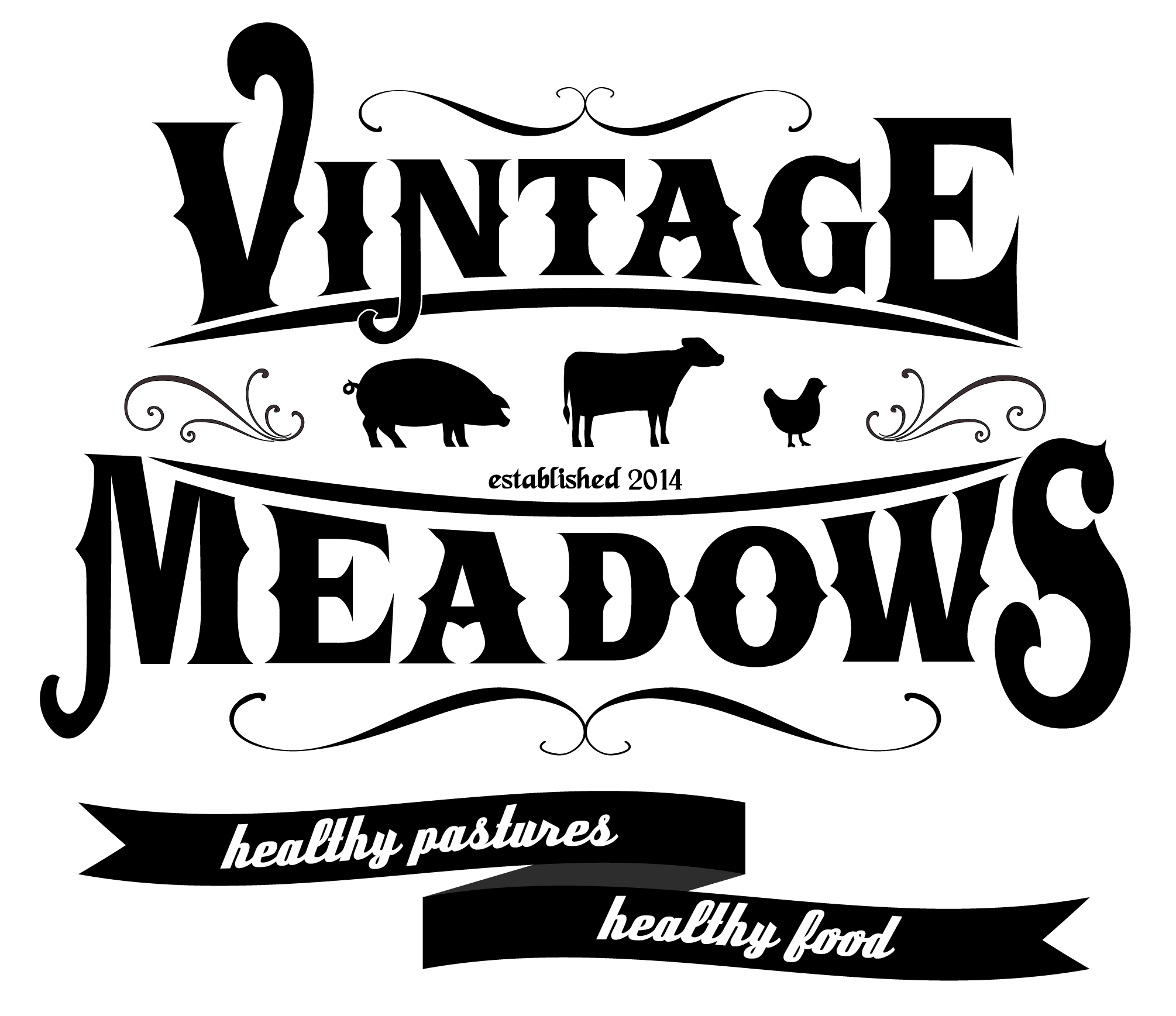The Original Superfood
“‘This is a value system. We are going to embrace the whole animal and eat the whole animal. I’m going to plate the liver and serve it. You’re going to eat it and I’m going to eat it.’ I had no idea how to do this.”
“This is a value system. We are going to embrace the whole animal and eat the whole animal. I’m going to plate the liver and serve it. You’re going to eat it and I’m going to eat it.” I had no idea how to do this.
This is what Janine Farzin told herself when she first started preparing organ meat for her family. With limited knowledge and zero experience, Janine only knew that her family needed the benefits that an organ meat diet can provide, and she was determined to provide it.
Organ Meat
Organ meat (also known as offal) includes the consumable organs of an animal, such as liver, heart, brain, kidney, etc., and it tends to gets a bad rap these days. First of all, it sounds gross! They’re hard to prepare (often tough and stringy) and taste… well, they taste different. Treated as discard by American butchers for years, people have learned to look down on the “lesser” cuts of organ meat.
What we have forgotten is that organ meat is some of the most nutrient-dense, beneficial food out there. Organ meats and fat-soluble vitamins are vital for human nutrition; traditional cultures thrived by consuming whole animals, including organ meats, animal fats, and even insects like arthropods. Organ meats are particularly rich in fat-soluble vitamins (A, D, and K), which are crucial for various bodily functions. For example, vitamin A aids in detoxification, D in building tissue, and K in directing D's actions within the body. These vitamins work synergistically when consumed together, which is why whole animal foods are considered superior to isolated supplements. Organ meats are known as “Nature’s Multivitamin.”
Eating a balanced diet with organ meats can prevent health issues like high homocysteine levels, which are linked to heart disease and stroke. This balance comes from eating both muscle meats and connective tissue, skin, and bones, which provides a fuller spectrum of nutrients.
“What we have forgotten is that organ meat is some of the most nutrient-dense, beneficial food out there. ”
It’s a Learning Process…
Janine shares a personal journey of learning to cook organ meats in this interview with the Weston A. Price Foundation, and how it became easier over time. Starting with a simple recipe, the author gradually learned how to prepare liver in a way that was palatable, noting that it took time to get accustomed to the flavor and texture.
Speaking from experience, it does take time to get accustomed to consuming organ meats. The taste is something to get used to, although the method of preparing it will give you some control over the flavors.
Organ meats do not have to be tough and stringy. These qualities come from the connective tissue found in organs, which is often more than muscle meats. When cooked too quickly at too high of a temperature, the meat ends up tough and chewy. The key to tender organ meats is cooking them slowly at lower temperatures to break down the collagen and create a rich, gelatinous texture, similar to that of a well-cooked pot roast.
Janine’s blog, Offally Good Cooking, is an incredible resource for those looking to incorporate more organ meats into their diets. You will find a collection of tried-and-true recipes from Janine herself, as well as a sympathetic yet encouraging voice from someone who has gone through this journey herself. She has experienced the struggles, and she has reaped the rewards - and she wants to share it with willing and eager learners!
Vintage Meadows Organ Meat
If you’re looking for a trusted source of organ meat, you have come to the right place. Vintage Meadows sells beef heart, liver, kidney, sweetbreads, brain, spleen, and tongue; lamb kidney, heart, liver, testicles, and tongue; pork heart, spleen, liver, kidneys, and primal sausage (ground pork and pork organs in sausage form), and chicken skin, feet, liver, gizzard, and heart. The pasture/hay our animals consume is organically grown; the grain our pork and chickens eat is organic and non-GMO. We use zero antibiotics or vaccines. Our products are the highest quality, and we assure you of their benefits.
Additional Resources
If you’re not convinced, but you’re interested, try a few of these resources to learn more about organ meats.
Nutrition facts of Individual Organs
Another Weston A. Price interview with chef, James Barry
A Personal Experience
I recently tried my hand at cooking beef kidneys. The recipe I followed (and made a few modifications on) was delicious! The entire preparation of the dish was quite the experience, and I can’t recommend it enough. View the recipe here!


